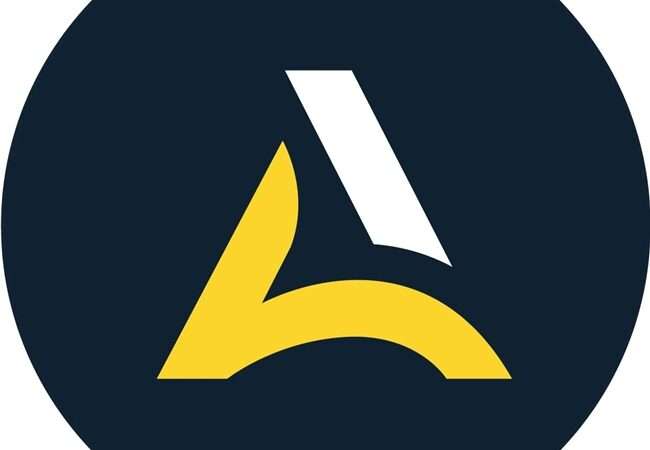How to Prepare for SAFe Agile Interview

Getting ready for a SAFe Agile interview might seem insurmountable, but with some expert advice and preparation, you can give yourself the best chance of success. In addition to showing your competence, passing the SAFe Agile interview increases your chances of being offered the coveted Leading SAFe Certification. In this blog, you’ll find all the information you need to prepare for and ace the SAFe Agile interview. We’ll also go over some common SAFe Agile Interview Questions so you can go into your next job interview feeling prepared and confident.
Table of Contents
Understanding the SAFe Framework
Having a firm grasp of the SAFe framework is essential before going into interview preparation. The Scaled Agile Framework (SAFe) is a set of guidelines for applying Agile practices at a large scale. It’s a framework for software development that helps teams work together more efficiently and effectively. Pursuing a Leading SAFe certification demonstrates your dedication to becoming an expert in the SAFe framework and its practical implementation.
Learning the Ropes
To do well in a SAFe Agile interview, you need to be familiar with the framework’s core ideas. Start by learning the SAFe framework’s guiding principles, associated responsibilities, and best practices. This background knowledge will provide a solid basis for responding to SAFe Agile interview questions. You should learn more about the SAFe framework and how it may be used by participating in a training and certification program, such as Leading SAFe.
The Need for Practical Experience
When preparing for a SAFe Agile interview, practical experience is crucial. Make sure you’ve worked with SAFe techniques and taken part in actual implementations. Discuss real-world examples of how you’ve used SAFe concepts in challenging situations in your interview. Hiring managers look for applicants who can successfully use theoretical knowledge in practical situations.
SAFe Agile Interview Questions
Now, let’s look at some sample questions that pertain to SAFe Agile that you may be asked in a job interview:
Please elaborate on the SAFe Agile Release Train (ART).
SAFe’s ARTs are the cooperative groups of specialists who produce results for the enterprise. It would help if you were prepared to explain ARTs in a way that is easy to understand and emphasises their value in SAFe.
When it comes to SAFe, what role does PI (Program Increment) Planning play?
Teams prepare and commit to a set of features and capabilities during PI Planning, a crucial SAFe event. Highlight the role that PI Planning plays in helping teams work together and continuously provide value.
When using SAFe, how do you make sure that your business and development teams are in sync?
Relate how SAFe’s alignment, collaboration, and delivery concepts may help close the gap between business and development teams.
What are the primary functions of SAFe, and who performs them?
In the SAFe framework, it is important to emphasise the roles of Product Owner, Scrum Master, Release Train Engineer, and others.
Please elaborate on the SAFe House of Lean and how it relates to the SAFe transformation.
Give a synopsis of the House of Lean and how it helps firms adopt a Lean-Agile philosophy within organisations.
Feedback from Mock Interviews
Consider having friends or mentors help you practice for your SAFe Agile interviews. You can get some experience with interviews and get useful comments by practising with a friend or by recording yourself. Focus on your ability to express yourself clearly and convincingly so that others may benefit from your expertise.
Keep in the Know
Since SAFe is an evolving framework, monitoring industry news and practices is important. To keep up with the developments in Agile practices and SAFe approaches, it is important to read trade magazines, peruse blogs, and attend SAFe conferences.
Why Networking Matters in SAFe Agile
Networking and participation in SAFe Agile communities are crucial to professional development and skill improvement. In order to get the most out of your SAFe Agile journey, it is important to cultivate a strong professional network within the SAFe community.
Those who have previously attained the Leading SAFe Certification may be found by networking with other experts. You may keep up with industry trends and best practices by engaging in SAFe Agile forums, attending SAFe conferences, and joining local Agile groups. It could lead to new career possibilities and partnerships with industry leaders.
Ways to Improve Your Networking Skills
Join Online Communities
Participate in Online Groups LinkedIn, Reddit, and SAFe Agile-specific forums are great locations to find like-minded experts. Participate in debates, ask questions, and provide suggestions to prove that you’re worth having around.
Attend Industry Events
Keep a watch out for industry events such as conferences, seminars, and webinars devoted to SAFe. Meeting influential people in your field, hearing other viewpoints, and learning new information are all possible at these gatherings.
Seek Mentorship
Reach out to seasoned SAFe professionals and ask for guidance. Your career may benefit greatly from their advice.
Contribute to the Community
Participate in the Agile community by writing blog entries, reading publications, or giving talks at conferences. Contributing actively demonstrates your knowledge and elevates your standing in the SAFe community.
When it comes to SAFe Agile, networking isn’t only about collecting business cards; it’s also about forming connections that lead to career advancement. You may improve your chances of acing your SAFe Agile interview and furthering your career by including networking into your SAFe Agile education.
Ending Thoughts
It takes time and effort to prepare for a SAFe Agile interview, particularly if you’re applying for the Leading SAFe certification. Success awaits those who have mastered the principles, have relevant experience, and can confidently respond to SAFe Agile interview questions. Keep in mind that success in the SAFe Agile environment requires constant learning and keeping up to date. Suppose you are well-prepared and genuinely interested in Agile concepts. In that case, you should have no trouble acing the SAFe Agile interview and moving forward in your career as an Agile project manager. Have fun!






